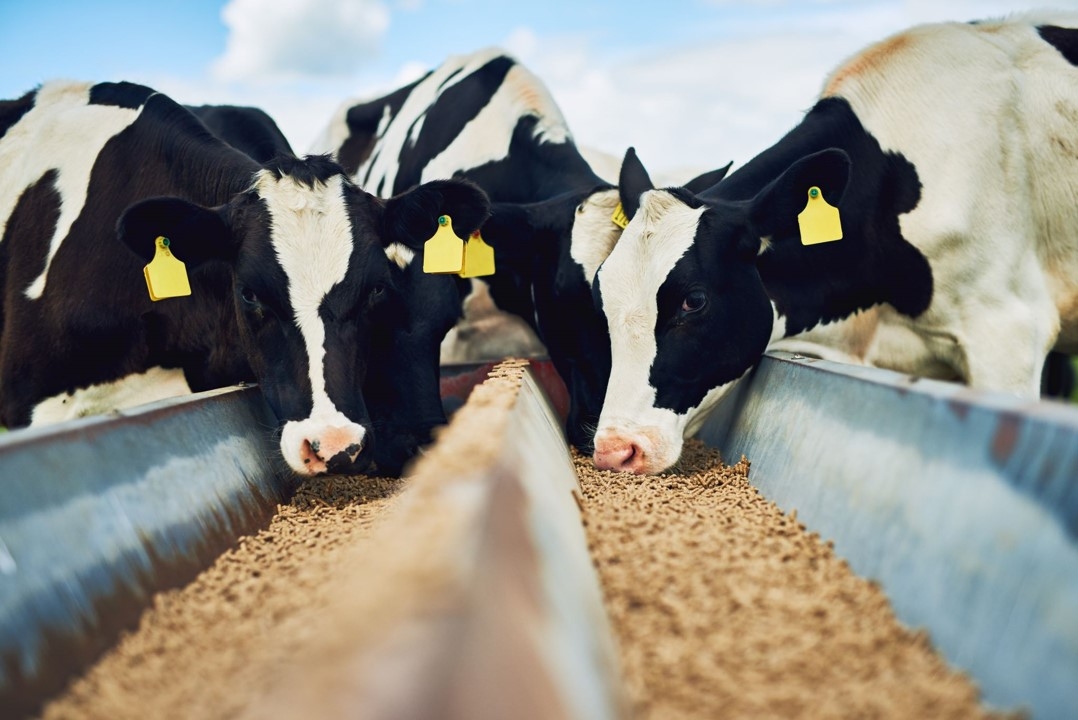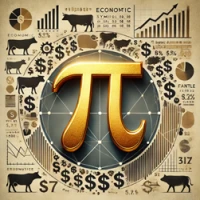Communicating importance of value-added products

Facing increasing pressure to quantify the value of export promotion efforts to investors, a U.S. industry organization retained WPI to develop a quantitative model that better communicated the importance of exports. The resulting model concluded that value-added meat exports contributed $0.45 cents per bushel to the price of corn, increasing support for that sector’s financial support of WPI’s client. In addition to serving the red meat industry with this type of analysis, WPI has generated similar deliverables for the U.S. soybean and poultry/egg industries.

 Beef packer margins reversed sharply lower last week, swinging back into negative territory after six straight weeks of positive returns. Margins fell $145/head to –$75 as fed cattle prices rebounded $7/cwt (live basis), while the Choice cutout slipped nearly $7/cwt. The rapid compression...
Beef packer margins reversed sharply lower last week, swinging back into negative territory after six straight weeks of positive returns. Margins fell $145/head to –$75 as fed cattle prices rebounded $7/cwt (live basis), while the Choice cutout slipped nearly $7/cwt. The rapid compression...
 Each year, the Chinese zodiac calendar features one animal to mark and typify the coming 365 days. If that process were applied to CBOT trade, Tuesday would have been the “day of the bear”, with all major grain markets ending in the red. The only specific trigger was the bearish NOP...
Each year, the Chinese zodiac calendar features one animal to mark and typify the coming 365 days. If that process were applied to CBOT trade, Tuesday would have been the “day of the bear”, with all major grain markets ending in the red. The only specific trigger was the bearish NOP...
 The U.S. 2025/26 sugar supply is forecast at 14.119 million short tons, raw value (STRV), down 1,800 STRV from November as the decrease in expected imports of refined organic and specialty sugar, which pays the high tier, out of quota duty, more than offsets the increase in beginning stocks and...
The U.S. 2025/26 sugar supply is forecast at 14.119 million short tons, raw value (STRV), down 1,800 STRV from November as the decrease in expected imports of refined organic and specialty sugar, which pays the high tier, out of quota duty, more than offsets the increase in beginning stocks and...